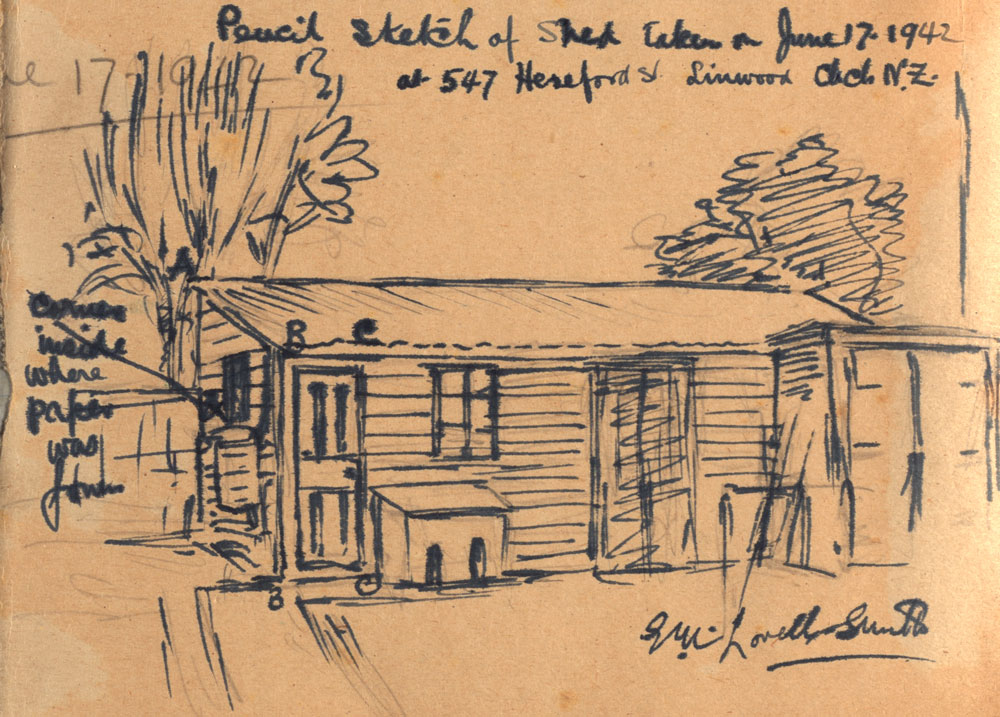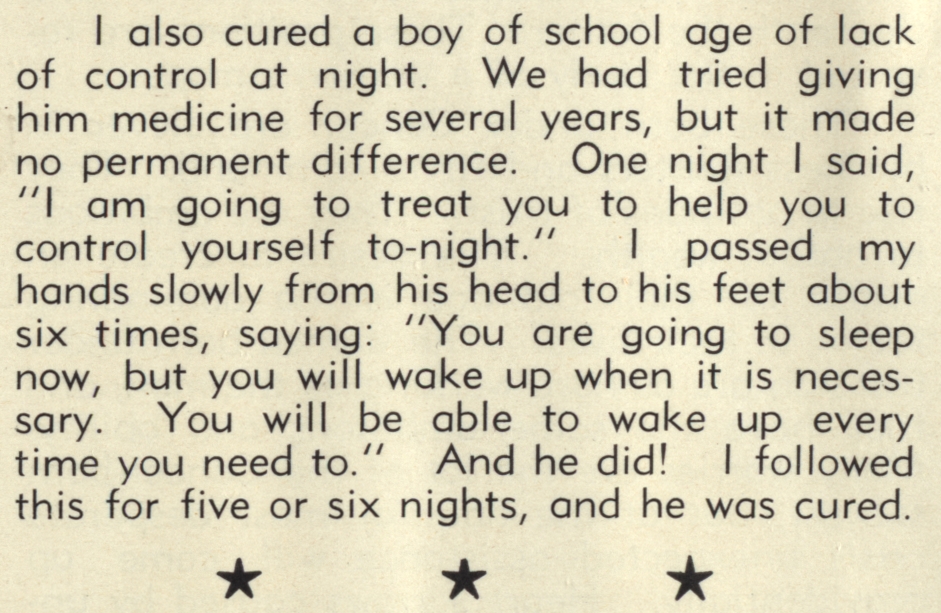The Outlawed Baronet
Genealogical daydreaming was another of the preoccupations to be found in the Spiritualist. The possibility of talking to the departed offered the opportunity to ask about family history, and investigate hoary family tales.
Edgar McLeod Lovell-Smith had heard family legends of an outlawed baronet in the family tree. ‘The legend came from James Smith’s great-great-grandfather, also called James Smith, who claimed to have quarrelled with his father in the early part of the eighteenth century, been disinherited and then, for various unspecified deeds, outlawed. In later life his son smuggled him back to England, where he finished his life in Crews Hole, near Kingswood, informing his son…that he was a member of the Smyth family of Ashton Court and, but for his own folly, would have inherited it’.
His contacts via a medium to question his ancestors asked about James Smith. Originally, the voices claimed, James ‘Smith’ was originally Smyth, but his hot-tempered, sadistic baronet father had been outlawed, and James had changed his surname out of shame. The baronet had travelled the world, and become very rich, but was frequently callous to his family.
He went to Spain. He was in New York. He was in Mexico. He tried everything once, was the companion of kings. He has a wonderful faculty, for getting out of tight places.
His wife was very much beneath him in rank. He neglected her and his son. He was a bad man, full of energy. There is no doubt he was a pirate...
One medium’s vision described the deadly sparkle in James Smyth’s eye, and the fearful expression and hollow face of his wife. However, the exact deeds, bar some dark murmuring on murder (who and what are hidden in the illegible scrawl of the entranced medium), remain a mystery. A confirmation of the legend could be found, but the exact details stay hidden.
The séance reports fill the better part of two folders kept in the Canterbury Museum, brittle both with age and trepidation. Whatever the truth of such tales, it is worth considering the literary influences on the spirit imagination. Novels such as The Forsyth Saga, Lorna Doone and Tess of the d’Urbervilles, with their clan intrigues against an historical background, had long become classics, and would have likely influenced genealogical daydreaming. Combine this with a spiritualist belief in contacting the souls of the dead, and a fantastic hybrid emerges. Similar literary echoes can be found in Violet Barker’s ‘Affair of the Blue Brooch’, with its overtly intriguing title and focus on a blue enamel brooch with silver chasing, a trinket to seal a cunning detective plot. The distinctive character of spiritualism was its injection of the supernatural into everyday fantasies, allowing daydreams to be enacted within the ‘scientific’ walls of the séance room.
Scrapbook of the Christchurch Psychical Research Society Inc., Macmillan Brown Library, University of Canterbury Manuscript 165, 94
Ibid., 120
Margaret Lovell-Smith, Plain Living, High Thinking: The Family Story of Jennie and Will Lovell-Smith, (Pedmore Press, 1995), 129-130
Lovell Smith Family Papers 1743-1943, Canterbury Museum ARC1988.88.


